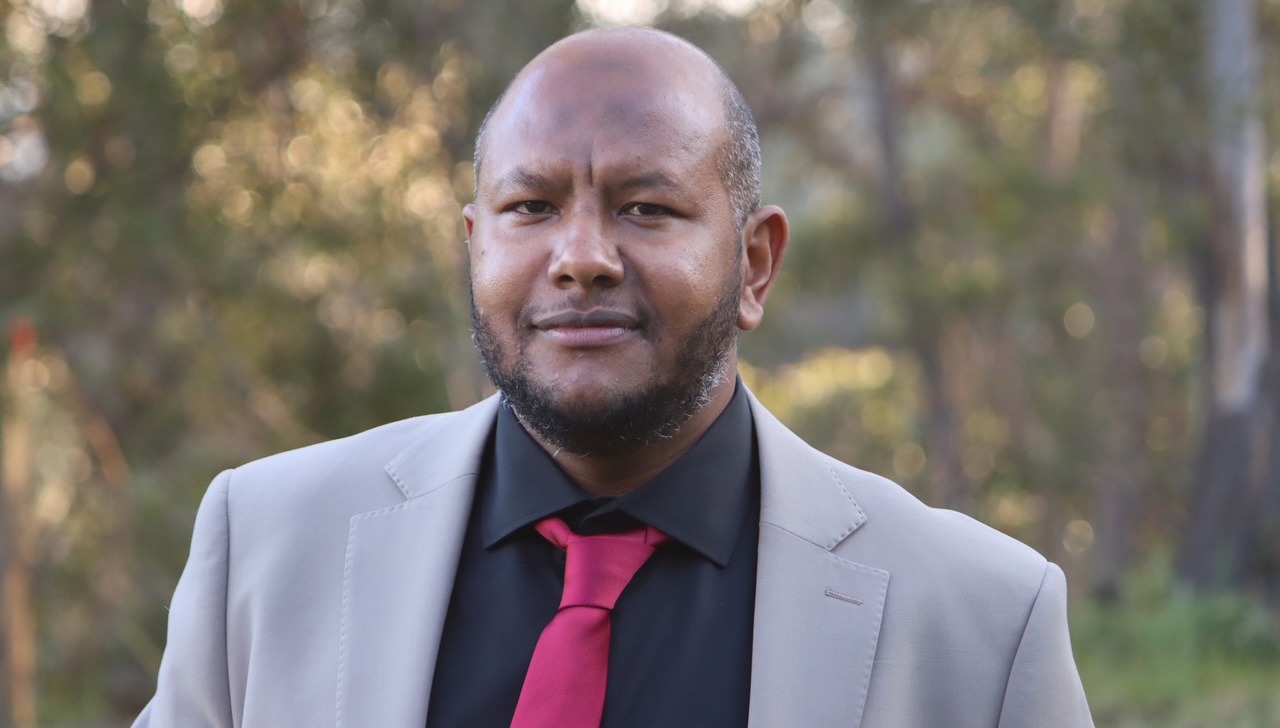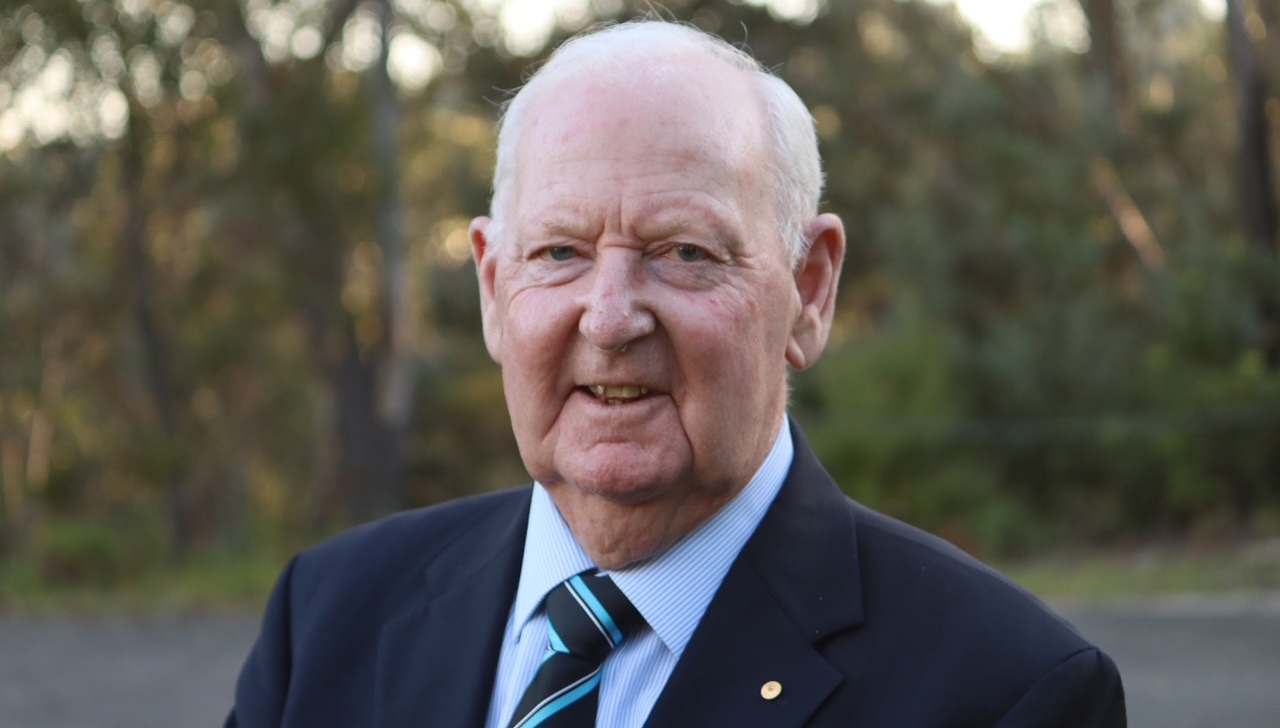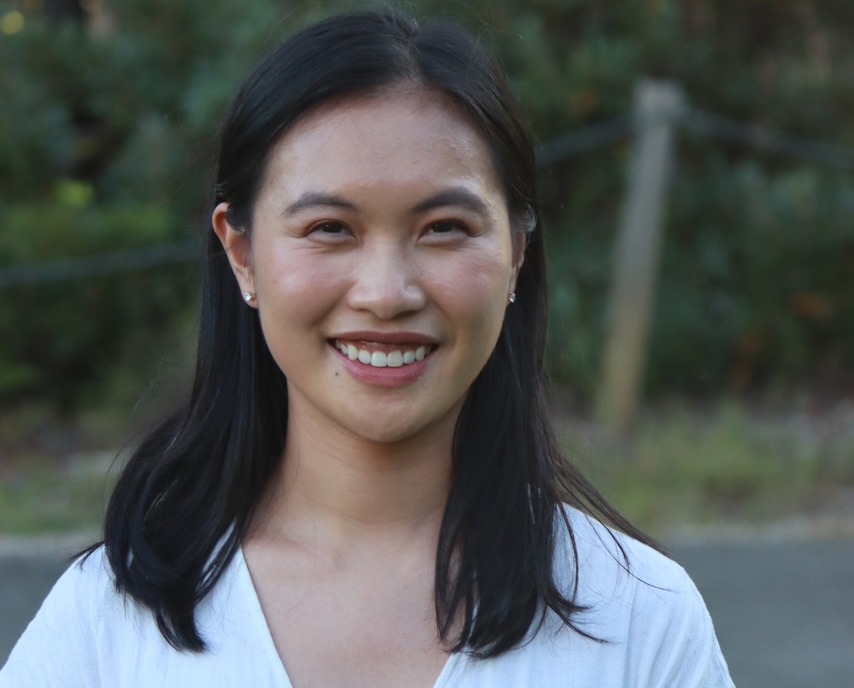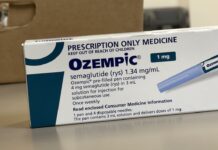As winter kicked off, Australia was hit by a massive COVID-19 wave – fuelled by the new Omicron FLiRT subvariant.
There have been 93,049 cases of COVID-19 reported since April 2024. Case numbers are highest among those most at risk, with notifications peaking in the 75–79 (6,655), 80–84 (6,524) and 85+ (12,607) age brackets.
However, with limited testing and reporting COVID-19 cases, this figure does not tell the full story.
‘We’re looking at six to 10 times as many people actually infected as the case numbers are showing,’ said Professor Adrian Esterman, chair of biostatistics and epidemiology at the University of South Australia.
At the same time, reported influenza cases are also increasing. During the first week of June, influenza notifications to the Department of Health increased by 22% to 251 cases. This rise pushed the influenza case numbers above the seasonal threshold for the first time in 2024.
While these respiratory diseases circulate among the community – vaccination rates are waning.
While 2024 influenza vaccination in pharmacies has slightly increased compared to this time last year (87,232 versus 83,326 for the week 9–16 June) – there has been a significant decrease since 2022, when vaccination rates reached a high of 181,202 in the same period.
To boost vaccination rates among older Australians – whether in the community or in residential aged care facilities (RACFs) – three community pharmacists shared their top tips with Australian Pharmacist.
How to overcome vaccination fatigue
According to community pharmacist Yves Cruz, based in the New South Wales South Coast town of Nowra, 2024 has been particularly challenging for COVID-19 vaccine uptake.
‘What I have experienced is that people think 3, 4 or 5 doses is enough for them,’ he said.
However, Mr Cruz thinks leveraging trusting relationships with patients can help to overcome hesitancy.
‘If the people trust their pharmacist, I find they are willing to get the vaccine – even if they have reservations,’ he said.
‘Through communication and providing [evidence-based] information, this can help to remove their doubts.’
Queensland-based pharmacist Alicia Slight has similarly encountered some resistance to COVID-19 boosters, which she promptly addresses with factual information.
‘I use the Australian Technical Advisory Group on Immunisation (ATAGI) table to help navigate the conversation, and also describe [COVID-19 booster doses] as akin to having a yearly flu vaccine,’ she said. ‘I win over [around] three quarters of the fence sitters with a straightforward explanation and by not being too pushy on the matter.’
How to Get involved in outreach programs
As of 13 June 2024, there were 4,147 active COVID-19 cases reported in 487 active outbreaks in RACFs across Australia.
But only 40.3% of those in RACFs had received a COVID-19 booster dose in the last 6 months.
Since 29 April 2024, pharmacists have also been able to receive funding to deliver National Immunisation Program vaccines to patients in RACFs. From next month (1 July) NIPVIP payments will also be indexed in line with Medicare Benefits Schedule indexation.
‘Community pharmacists play a vital role in our healthcare system – and they will play an even bigger role by administering free, lifesaving vaccines to eligible patients living in aged care homes and disability homes,’ he said.
Pharmacists should also be actively engaged with community outreach as this enhances the uptake of vaccinations, said Dr Brian Chia MPS, community pharmacist, lecturer in Pharmacy and Pharmacology at the University of South Australia and member of the South Australian PSA Early Career working group.
‘This is not limited to COVID-19 or influenza vaccinations, but the scope for many other vaccinations pharmacists can provide,’ he said.
How to promote co-administration
For Mr Chia, promoting co-administration is key to ensuring vulnerable older patients are protected against both influenza and COVID-19 this season.

‘Whenever they come in for a COVID-19 vaccine, I usually ask them, “have you had your flu shot?”,’ he said.
‘A lot of patients are not aware that you can actually get the vaccines at the same time, and many of them say “if I can get them together, it will make my life so much more convenient”.’
Mr Cruz takes the opportunity to discuss influenza and COVID-19 vaccines when patients come in for a Shingrix vaccine – which is highly sought after by older Australians in his community.
‘Once we talk about shingles vaccine, we open up about the importance of flu and COVID-19 vaccines,’ he said. ‘Most of the time, this is successful. The majority of our loyal customers aged 65 years and over have received the COVID-19, influenza and shingles vaccines, and now we’re starting to give the pneumococcal vaccine.’
How to leverage pharmacy’s accessibility
Community pharmacies are one of the most accessible vaccine providers around. But not all patients are aware of what vaccinations pharmacists can provide, and how simple the process is.
‘I had a patient who came in with a prescription for Boostrix and Vaxigrip Tetra,’ said Mr Chia.
‘I told a patient, “do you know you can actually walk in, we can provide you with these vaccinations? And it doesn’t take more than 15 minutes.’
For Ms Slight, offering both appointments and walk-in vaccinations is a key driver for increasing uptake of influenza vaccines.
‘We also offer vaccination to patients when they hand in and pick up prescriptions – providing a constant reminder of our service [leads to] so many happy to get vaccinated then and there,’ she said.
During any vaccination, Ms Slight also shows patients their Australian Immunisation Register to highlight any upcoming or outstanding vaccinations, such as COVID-19, pneumococcal, DTPa or shingles.
‘I then arrange for those vaccinations to be administered – either on the same day or with an appropriate interval – depending on what needs to be done,’ she said. ‘Very rarely do I get resistance to this process.’




 Now a PhD candidate, former Sudanese refugee and NSW Pharmacist of the Year
Now a PhD candidate, former Sudanese refugee and NSW Pharmacist of the Year  David North OAM
David North OAM NSW Early Career Pharmacist of the Year Lily Pham
NSW Early Career Pharmacist of the Year Lily Pham







